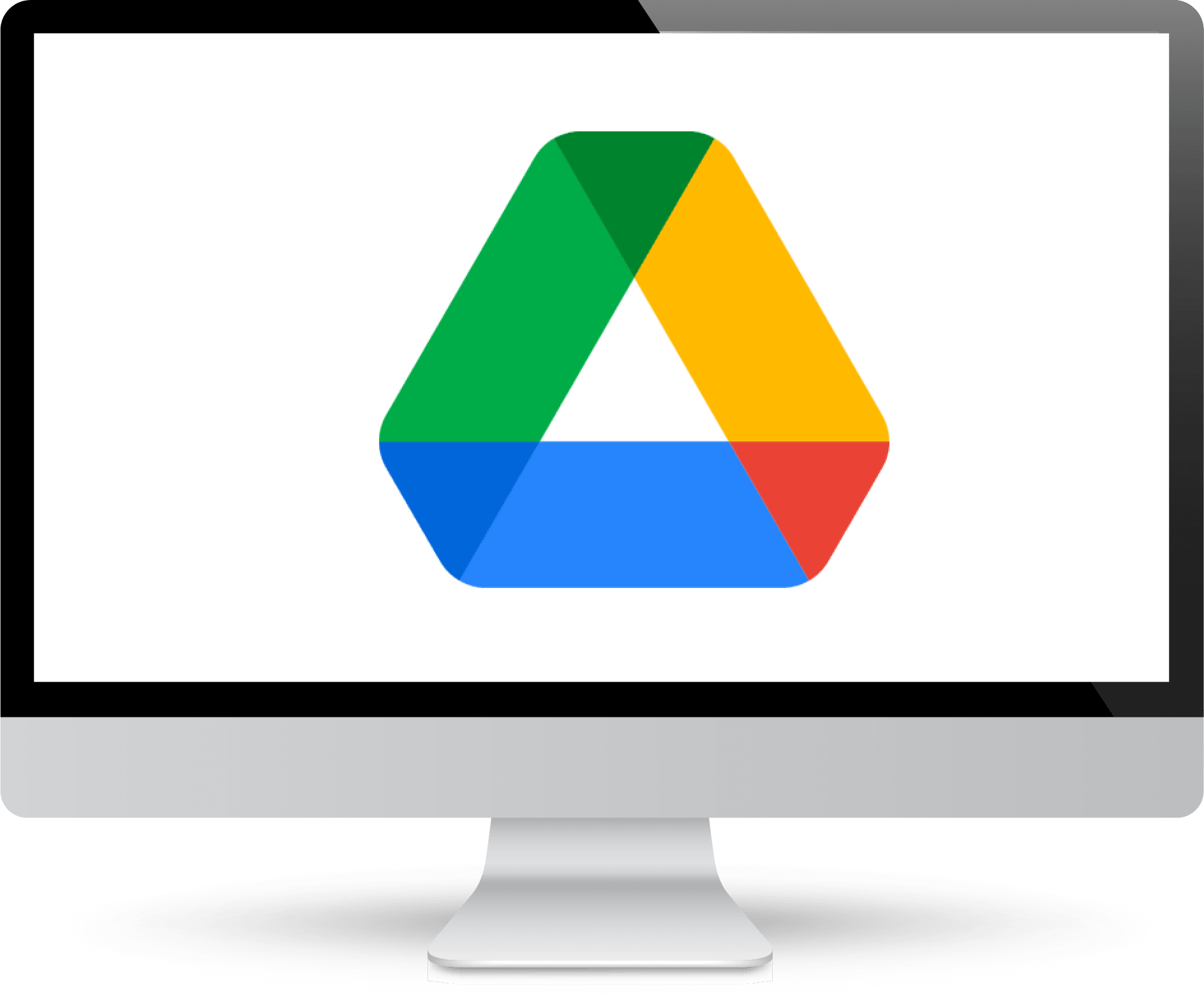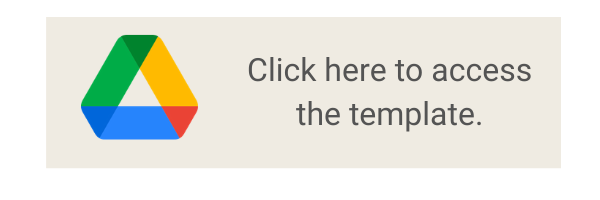Free Template: Manage Sales Content In Google Drive
Maintaining content on Google Drive can be a mess. Get free google docs template that can help you to organize your sales content and save time.

Table of Contents
Big or small, domestic or global, when companies talk about content, they look at marketing. When sales reps need content, they call marketing.
When leadership needs branding or corporate content, they rely on marketing. Marketing owns a majority of the external-facing content — website copy, blogs, articles, press releases, etc. Plus a good percentage of internal-facing sales content is also contributed by marketing.
A recent study shows that around 38% of the content that sales needs come from marketing.
I am pretty sure that for smaller organizations that number is higher. Additionally, marketing has to be a gatekeeper for a lot of content to make sure it is consistent with the overall branding and messaging.
It is natural for marketers to have content request emails in their inboxes from across the company. In particular, meeting sales content requests is an important marketing responsibility.
But we believe these content request are disruptive and distracting for marketers and have an undesirable impact on productivity and efficiency.
When you look at other responsibilities of marketing, marketing has the flexibility to plan for it and execute it to a deadline.
That is, they are in control of those tasks. But that cannot be said about content requests.
- They are outside marketing's control
- Sales reps request content on their time
- And many a times reps expect a quick turnaround for their requests
When starting, companies use cloud storage app to store content. If you are on GSuite, you use Google Drive to store all your business material and content.
As marketing and sales teams grow, they store marketing and sales-related content on Google Drive for easy access. Two BIG advantages that work in favor of Google Drive are:
- FREE - If your company is on GSuite, cost of Google Drive is already covered.
- No Learning Curve - There is almost ZERO learning curve. Likely, your current and future team members have already used Google Drive in their previous professional life or for personal reasons.
We are not a fan of Cloud Storage Apps

When it comes to managing content that helps run your company, we are not a big fan of cloud storage apps. Don't get us wrong. We love Google Drive, OneDrive, Dropbox, Box, and other cloud storage systems.
We use Google Drive at Enablix and in our personal lives. These apps are great for, collaboration, and secure storage of content. However, they are not the right choice for organizing and managing content that you need to reuse and scale your business.
Things quickly get out of hand and difficult to manage. We even wrote a blog post on the disadvantages of using a cloud storage app for storing your sales content.
Therefore, it helps to invest in a marketing and sales content management system that will help formalize the information sharing process and bring some calm to this chaos.
But we are practical
We understand that small and growing teams have limited resources. We recognize that budgets are limited, and you may not have the extra money to invest in a formal tool.
Plus, when you invest in a separate system to enable customer-facing teams, you need to consider the added burden of maintaining and managing the system.
But, at the same time, we cannot continue with the status quo. We need to arrive at a happy medium where you can leverage your existing cloud storage app but are able to instill a process and exercise control on the knowledge sharing process.
To drive this change, we put together a Google Drive shared folder that follows a simple structure and takes the guesswork out of organizing content. Our objectives are,
- Help marketing teams with a simple, yet easy to use structure to manage their content on Google Drive
- Share best practices to help maintain sales enablement structure over the long term
- Share relevant Google Drive tips to manage user access and maintain control over this content structure
We wondered...
- Wouldn't it be great if marketing can significantly reduce this burden on their time and efficiency?
- What will it mean for marketers to have 75% fewer content requests hitting their inbox?
- If a rep can meet 80% of their content needs on-demand without requiring to email marketing, what would it mean for their efficiency?
- And what would the above efficiency gains mean for the overall company?
About the template
The template is a google drive folder structure and we are sharing it free and ungated. You don't need to fill out a form or share your email address or any other information. Just click on the link and you can access the template folder structure.
We have made the folder structure read-only for obvious reasons. But if you want to give it a try, you will be able to copy it and make it your own.
Additionally, we have also included a help-docs folder that includes google docs with information about the structure. These docs give the reader a brief context of the folder and the purpose it serves. Some additional points to note:
The Google Doc template approach
When we decided to come up with this template, we had to consider some guiding principles to design the folder structure.
At the same time, we did not want to boil the ocean. This is a template, and may not fit everyone's business needs. It is not meant to be a rigid structure that you have to follow to a T.
So if you do not find the template structure to be usable, you can at least follow some or all of these principles in your own folder structure to make it work for you and your company.
- The structure should support different contexts for organizing content. Content is multi-context. Buyer personas, solutions, industries, competitors, content types, etc all result in content being discovered through different contexts. Therefore it is important that content should be organized so that content is available to the revenue team members through these different contexts. You will see that the template follows a simple metadata structure that consists of Content Types, Categories, and Labels.
- There should be only one copy of a content asset. Even though we need to support discovery of content from multiple contexts, we should avoid duplicating content copies in your repository. The template talks about how you can have a single copy of your Data Sheet but still make it available in different contexts. For no reason, Google does make it difficult to achieve this structure, but with a little bit more effort, it is possible to make it happen.
- We should be able to archive content. Content needs evolve. And as they evolve, certain content becomes less relevant as new highly-relevant content becomes available. Therefore it is important that there is a way to archive content assets. Archiving is that happy-middle where you need not delete the content but indirectly communicate to your revenue team members that using this asset is not encouraged.
- Taxonomy and naming is super important. You cannot take taxonomy lightly when designing a content enablement structure. Whether you are using a formal tool, like Enablix, or using Google Drive, it is important that you follow a degree of consistency and quality when designing your structure, and naming your content assets.
Invest time
Having a central structure to manage your content will alleviate a lot of back and forth between marketing and sales teams. And it will also bring marketing and sales on the same page in regard content.
However, to continue to reap these benefits, you will need to invest some time (your or your team member's time) to maintain the structure. The structure is not going to maintain itself. And this true about any enablement tool. We have seen that the following cadence works for maintaining a content repository,
- Plan to spend half an hour every week to make sure that you address any tactical ongoing issues with the content repository.
- Plan to spend around 8 hours (1 day) every quarter to do some cleanup and audit of the repository to keep it useful for your revenue teams.
Designate an owner
Assign ownership of this content repository to someone in your team (or you can take on that responsibility). Continuing with the above point of investing time, it will be difficult to maintain the content in this central place by the community.
Yes, you can have other team members contribute and provide improvement tips but it is important that someone has the responsibility of making and keeping it a success.
Keep it read-only
As much as possible, try to keep the repository read-only for everyone except a select few whose judgment about quality content you trust.
It is very difficult to keep everything organized and in sync if you have several team members trying to add or change the content in the repository. Yes, this will add more work to your and your colleague's plate, but it will pay huge dividends in the long run by automating the majority of the content enablement tasks using Google Drive.
Seek feedback and iterate
Have a cadence in place to seek feedback from your revenue team members. Being on the front lines, sales reps and support staff will have a lot of feedback on your content.
Make sure you capture this feedback to iterate and improve your content quality and its effectiveness.
Focus on quality over quantity
For marketing the more content the better. However, running for content quantity will compromise your content quality.
Plus, when enabling with content, poor quality content can really disengage a sales rep and undo the advantage of a central content repository.
